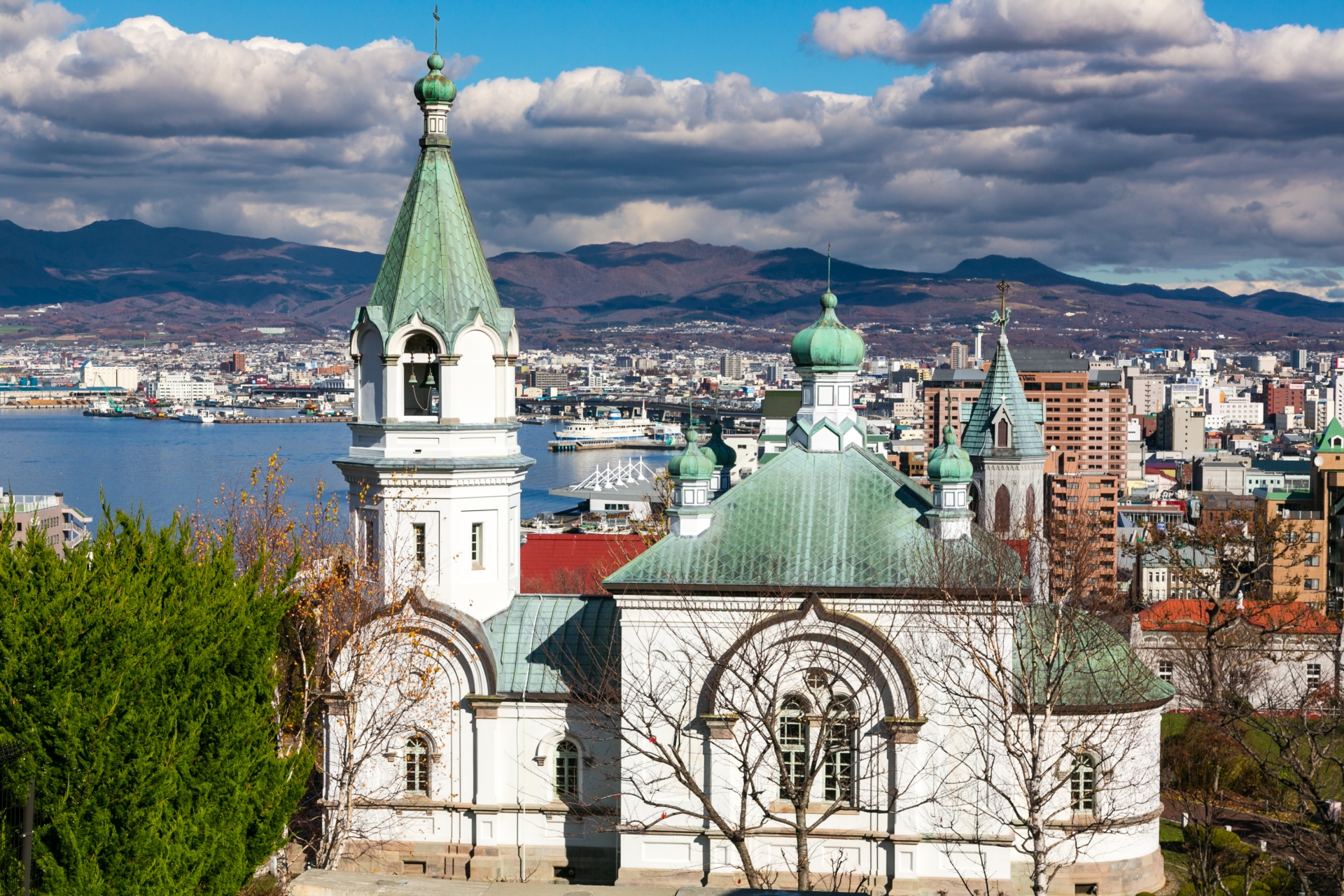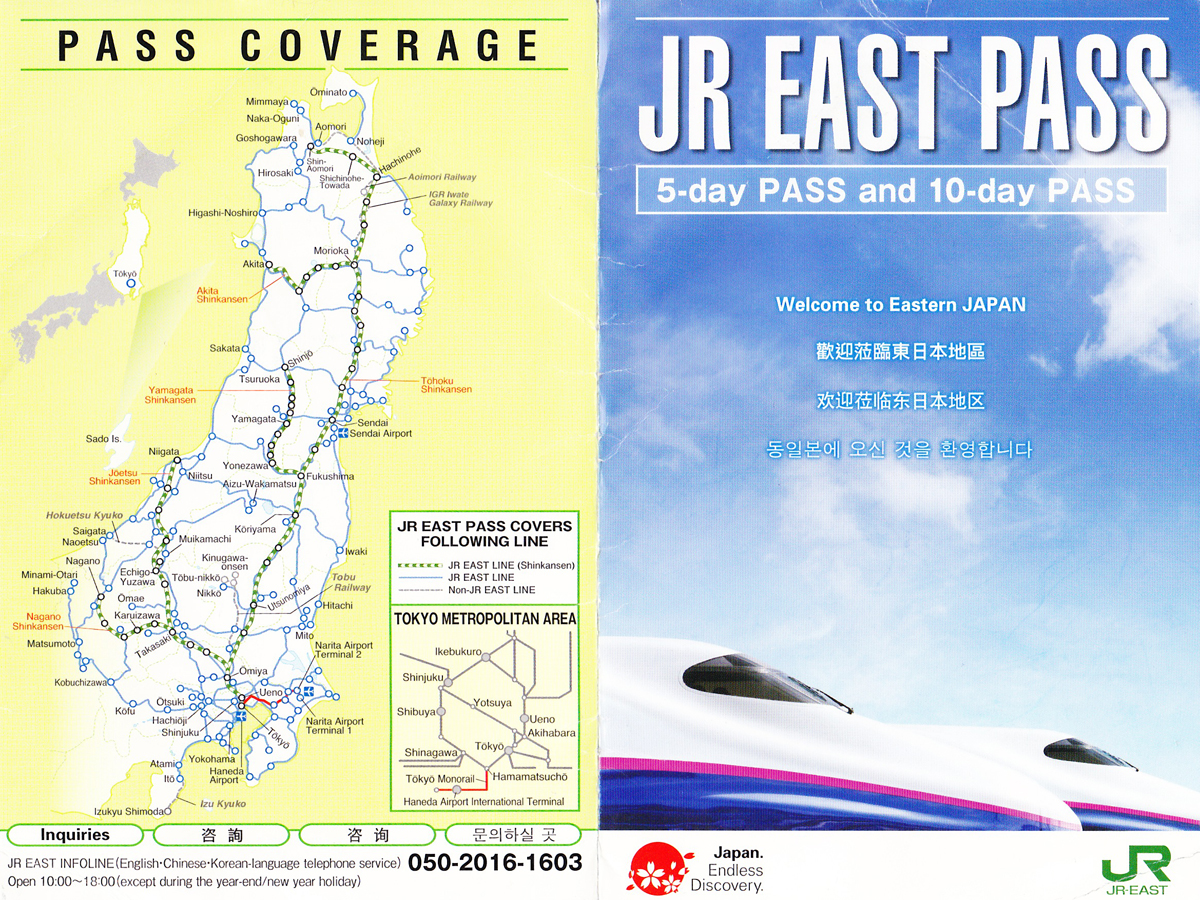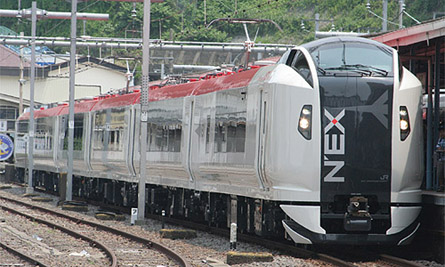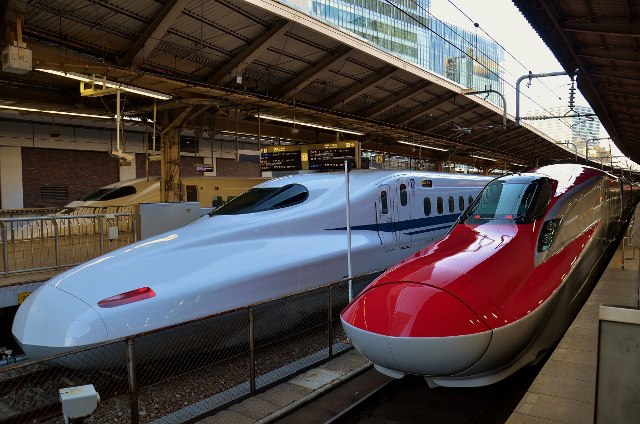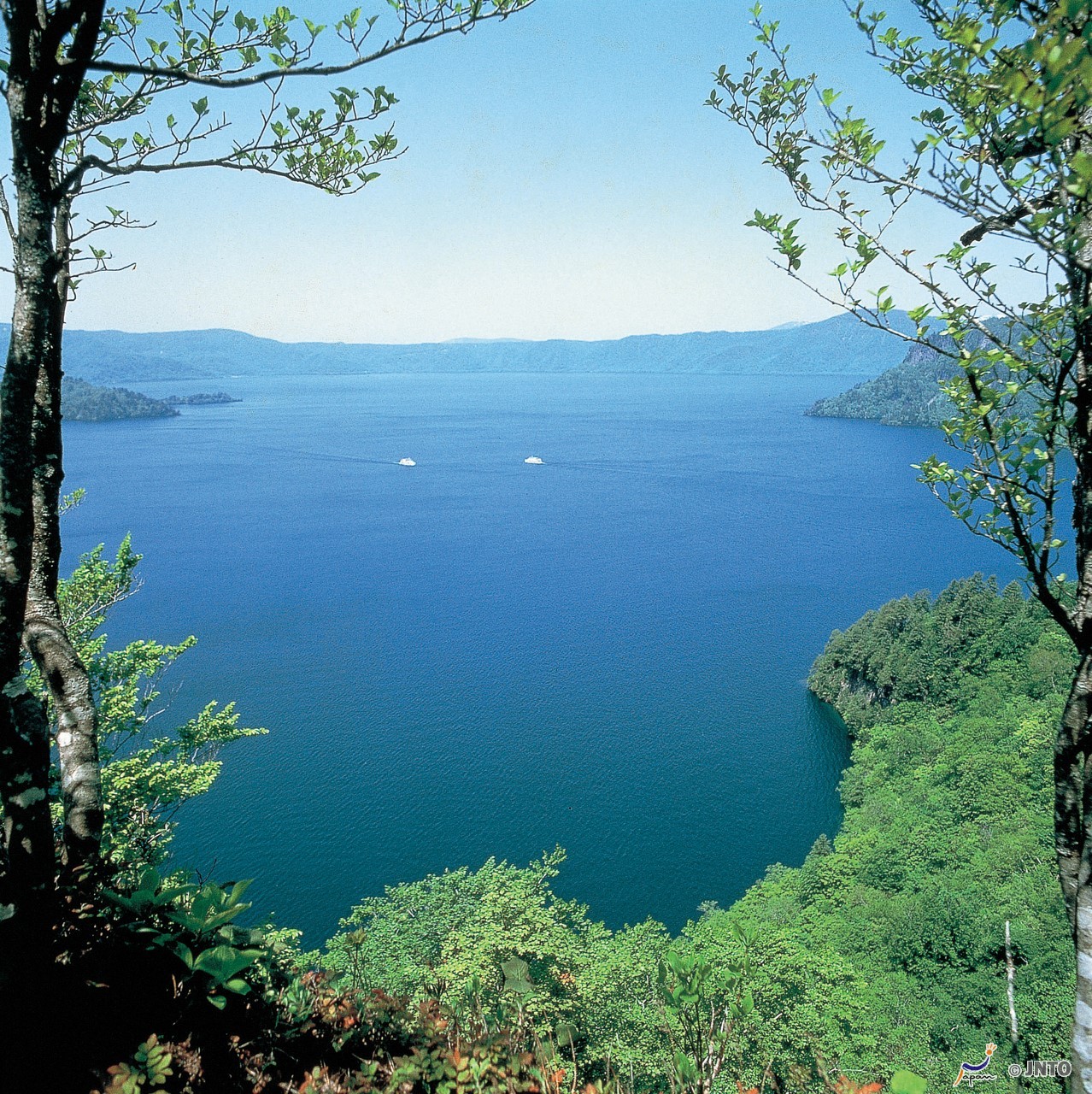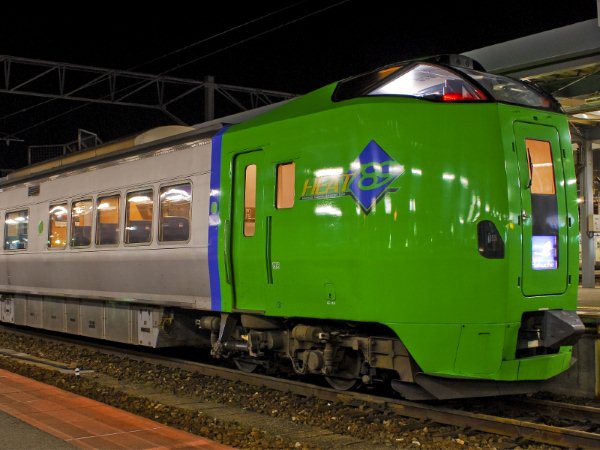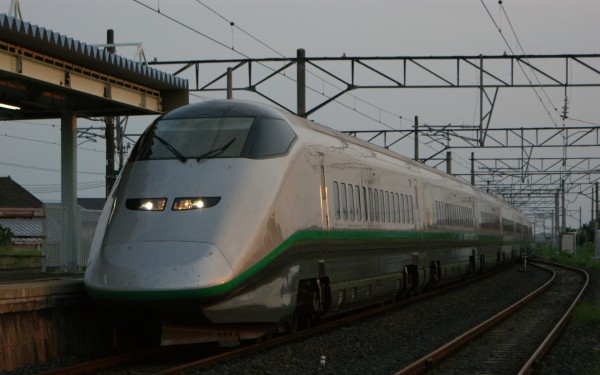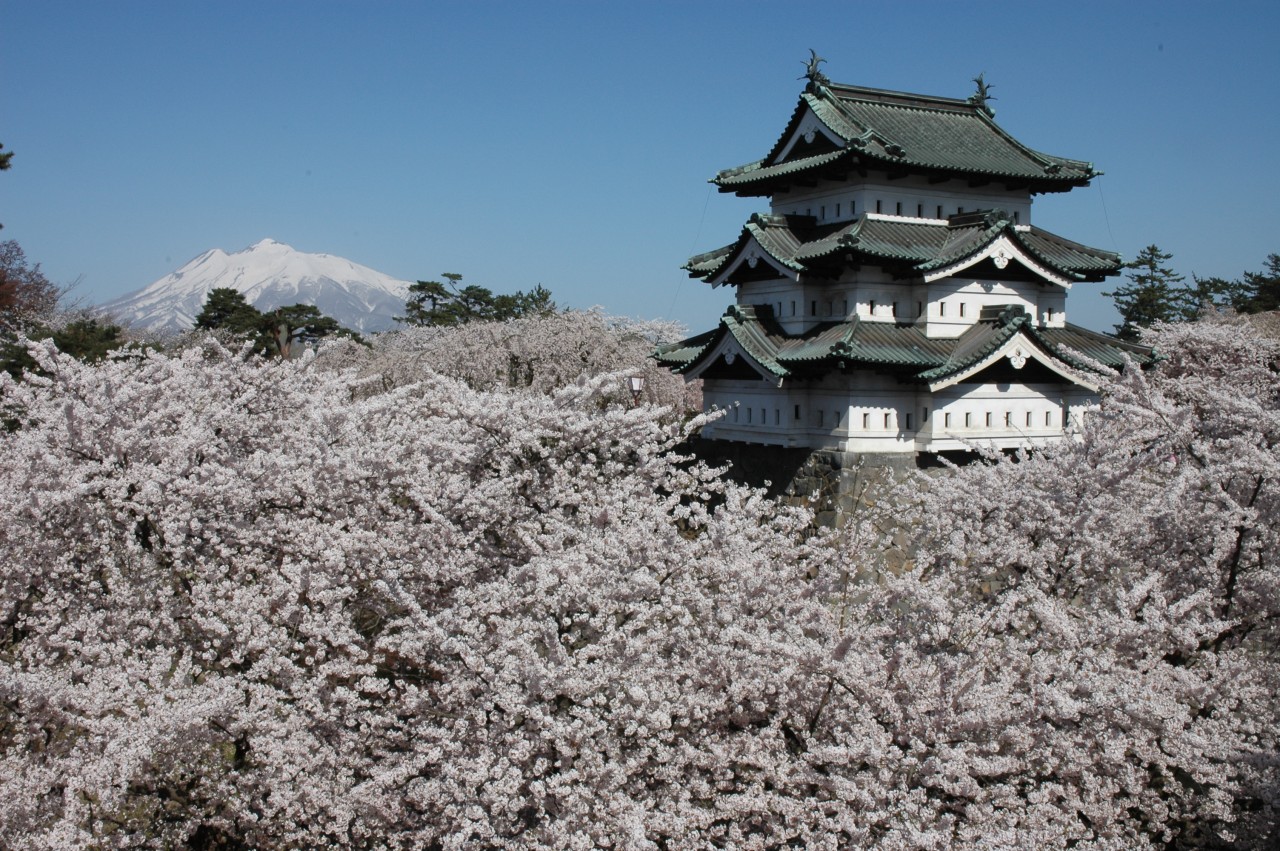 Rail pass for visitors
Rail pass for visitorsJR East Pass Tohoku. Flex 5 days pass in 14 days period to cover Tokyo, surrounding area of Tokyo and Tohoku region.
JR East Pass Tohoku covers Tohoku region, Tokyo and surrounding areas. You can pick any 5 days in 14 days period to use this pass. It is very flexible. You may find more information about this pass, JR East Pass Tohoku in this post.

